Although it’s the shortest month of the year, this February just as well could have been the longest, with seemingly endless wind, snow and bitter cold putting a hard stop to most outdoor activities. Now, with spring weather here, it’s time to get on with early spring tasks around the yard and enjoy some fresh air and the warmth of sunshine on your face.
First, if you haven’t already, take some time to assess the winter damage to your landscaping and do some general cleanup around the yard. Some evergreen perennials like hellebores and heuchera may look pretty rough or even dead but might just need some time to recover. With warm weather in the forecast, you should start to see some new growth emerging on these plants in the next few weeks, so don’t give up on them yet. Once new growth begins to emerge, trim off the dead and damaged leaves.
Second, it’s time to show your lawn a little love. Having gone to college in the Midwest, I was used to seeing brown lawns in winter out there, but never have I seen grass look so brown in late winter here in the Pacific Northwest. After all, we’re the Evergreen State! Once the last of the snow melts and you can start to work on your lawn, it’s time for your three-step moss control program.
Now, the first step I recommend is to kill existing moss, but after such cold, you may not have a lot of active, growing moss—yet. If you have moss in your lawn, rest assured it will wake up and start growing again soon, so kill it with generic ferrous sulfate or a product like Bonide MossMax, available at Vander Giessen’s. Next, follow up with a dose of Espoma Lightning Lime to counteract the acidic soil conditions which help moss grow, and then finish with an application of a greening fertilizer like Scotts Turf Builder with Moss Control to help gently wake up your lawn from a winter’s sleep, keeping a week between applications of all three products.
Third, as soon as your ground is workable, it’s a great time to start planting dormant berry plants and fruit trees, which are in great supply this time of year at Vander Giessen’s. If you already have established berries and fruit trees, nothing is more disappointing than planting edibles, only to have them fail to bear a good crop. Admittedly, fruit trees often take a few years to produce a worthwhile crop, but if you have established plants that just won’t produce, you may need to increase your population of pollinators. One of the easiest ways you can do this is with mason bees.
Unlike honeybees, which were imported from Europe, mason bees are native to North America and are far better at pollinating than honeybees, due to their hairy bodies which collect and spread pollen. These bees are very tame and will rarely if ever sting. Mason bees get their name from the way they nest, building a mud cocoon in which to lay their eggs.
Should you wish to try out mason bees in your yard, simply hang a filled bee box, available at Vander Giessen Nursery, on a sun-drenched south wall of your house or garage, which will help the bees’ bodies warm up as they awaken over the next few weeks. Mason bees travel for up to 300 feet as they pollinate, so enjoy watching them work on your fruits and see the difference they can make to your fruits’ production.
After such a harsh February, enjoy the milder weather of March and the great feeling of getting outside and getting dirt under your fingernails once again!


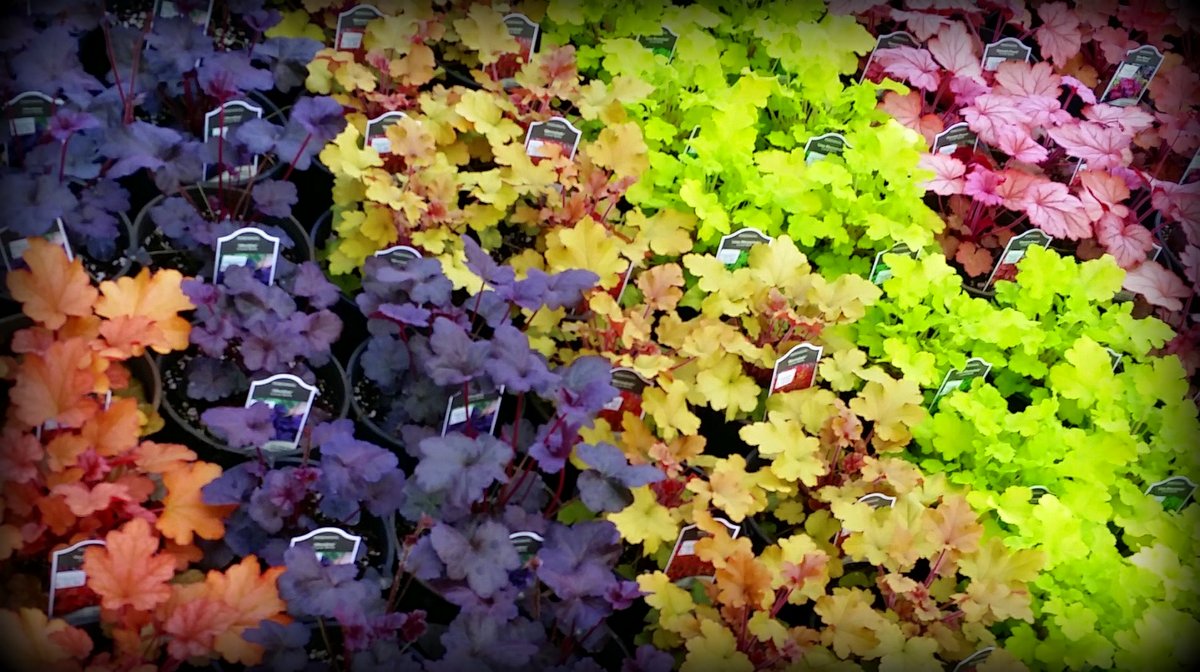
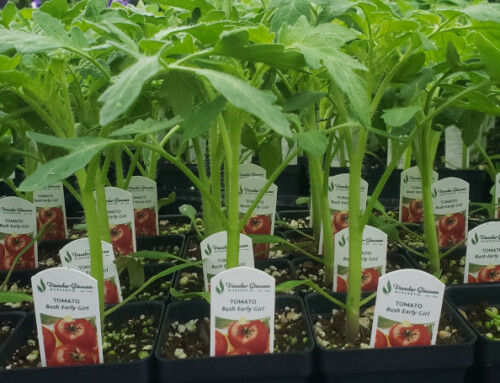
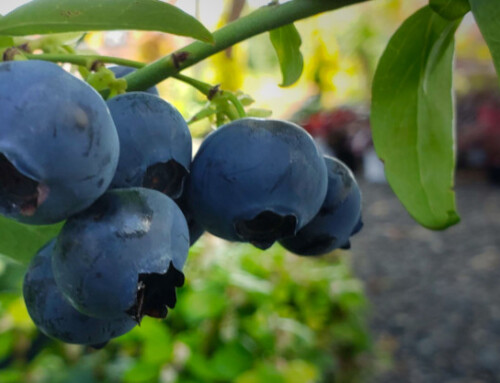
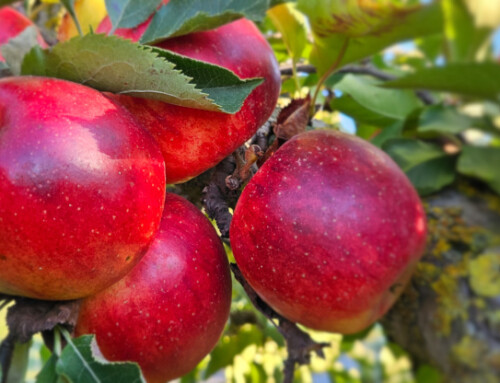

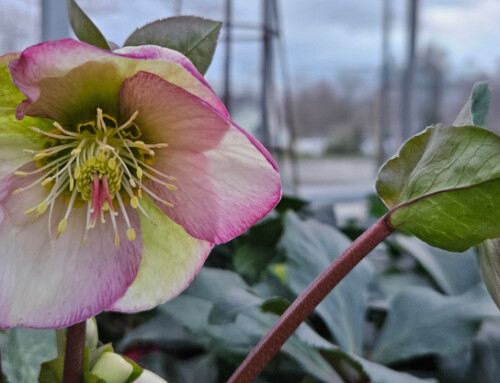
Leave A Comment